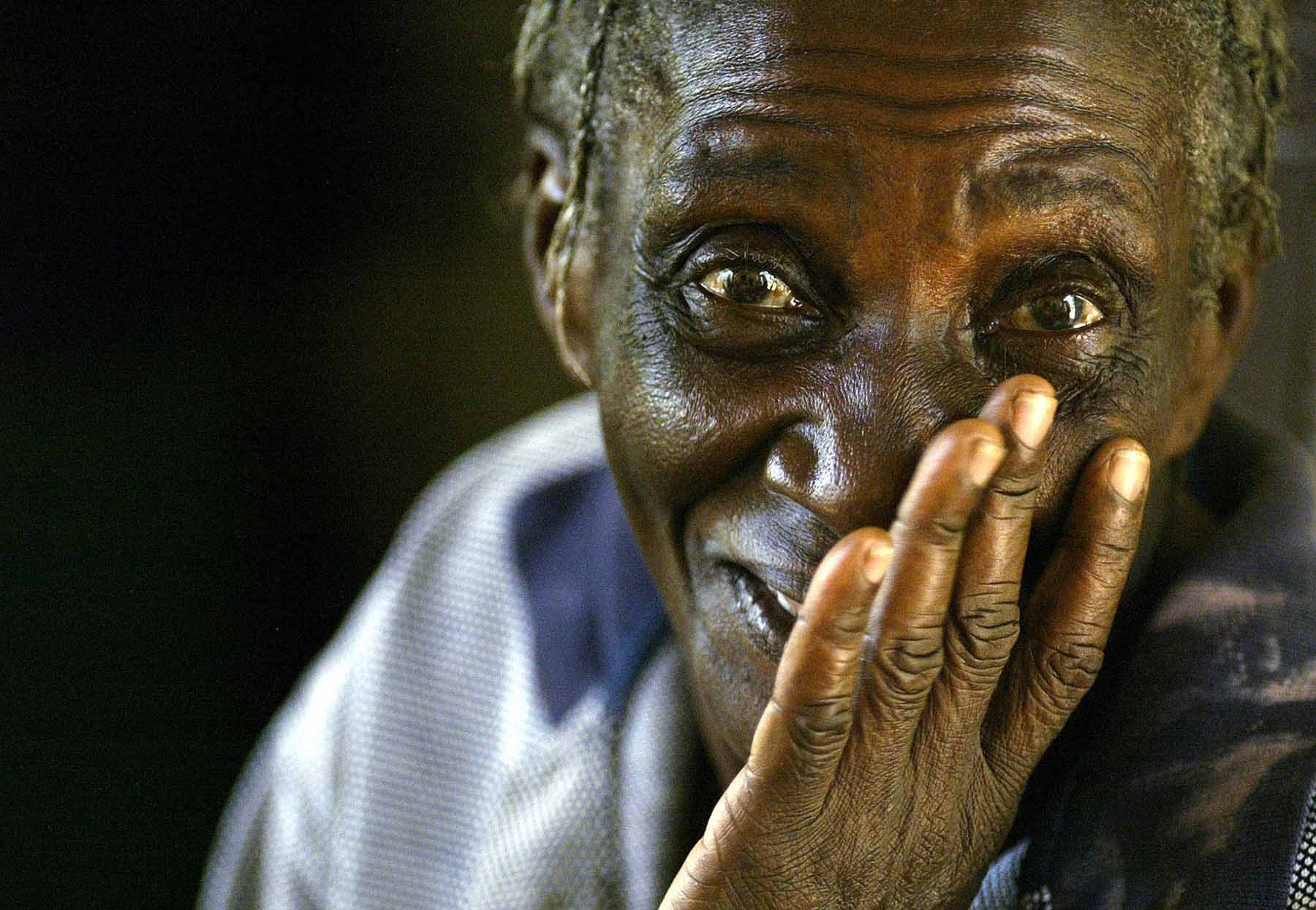
El Almacén / The Warehouse
La experiencia de la noche anterior fué tan aterradora que Vela se llenó de razones para no salir de su escondite cuando le avisaron de que unos periodistas le querían entrevistar. Era comprensible que sintiera miedo de todos incluso de quienes en ese momento le protegían en aquella choza del patio trasero de una plantación de guineos (plátanos) en Hatillo Palma, Montecristi, 200 kilómetros al norte de Santo Domingo en República Dominicana. Hacía apenas horas que había visto horrorizada desde su escondite como un grupo de dominicanos en supuesta venganza por la muerte de una compatriota decapitaban a machetazos a dos de sus compañeros mientras dormían.
– Llegaron de noche tirando tiros pa’rriba y diciendo que eran guardias, dice Vela.
Cuando los haitianos salieron de sus chozas entonces fueron recibidos a machetazos huyendo en desbandada hacia todos lados en la oscuridad; ella tuvo la enorme suerte de de correr hacia el almacén donde se guardaba la cosecha, el único lugar que no estaba construído de palos y yaguas. A los que corrieron de vuelta a sus bohíos les dieron caza y los mataron, otros encontraron la salvación en el bosque.
– Abre la puerta maldita haitiana, hija de tu maldita madre!
Durante horas intentaron derribar la puerta de metal del almacén, gritándole que la estaban mirando y que también la iban a matar así que al día siguiente, exhausta y sin pegar ojo cuando escuchó que abrían la cerradura se quedó sin aliento, paralizada por el miedo. Eran unos vecinos que venían a protegerla y llevarla a un lugar mas seguro desde donde solo salió para contarnos lo sucedido, a ratos se emocionaba, se dolía de lo que vieron sus ojos y lloraba, que es otra forma de contar. Le hice este retrato en uno de esos momentos y jamás he olvidado su cara ni su historia. Vela Pié es una mujer pobre, inmigrante, negra y haitiana viviendo en República Dominicana y hoy tendrá 80 años, suponiendo que haya encontrado otro almacén.
THE WAREHOUSE
The experience of the previous night was so terrifying that Vela was filled with reasons not to leave her hiding place when they told her that some journalists wanted to interview her. It was understandable that she was afraid of everyone, even of those who were protecting her in that hut in the backyard of a plantation of guineos (bananas) in Hatillo Palma, Montecristi, 130 miles north of Santo Domingo in the Dominican Republic. Just hours before she had seen horrified from her hidding place as a group of Dominicans in supposed revenge for the death of a compatriot had beheaded two of her comrades as their sleeping.
– “They arrived at night throwing shots and saying they were guards” says Vela.
When the Haitians left their huts, they were received by machete, fleeing in disarray everywhere in the dark; She had the great luck to run into the warehouse where the harvest was kept, the only place that was not built of sticks and yaguas. Those who ran back to their huts they gave them hunting and killed them, others found salvation in the forest.
– “Open the door fucking Haitian, you damn mother’s daughter!”
For hours they tried to knock down the metal door of the warehouse, shouting that they were looking at her and that they were going to kill her too, so the next day, exhausted and unguarded when she heard the lock open, she gasped, paralyzed with fear. They were neighbors who came to protect her and take her to a safer place from where she just left to tell us what happened, sometimes she was excited, she hurt from what her eyes saw and she cried, which is another way of telling. I made this portrait in one of those moments and I have never forgotten her face or her history. Vela Pié is a poor, immigrant, black and Haitian woman living in Dominican Republic and today will be 80 years assuming she has found another warehouse.
